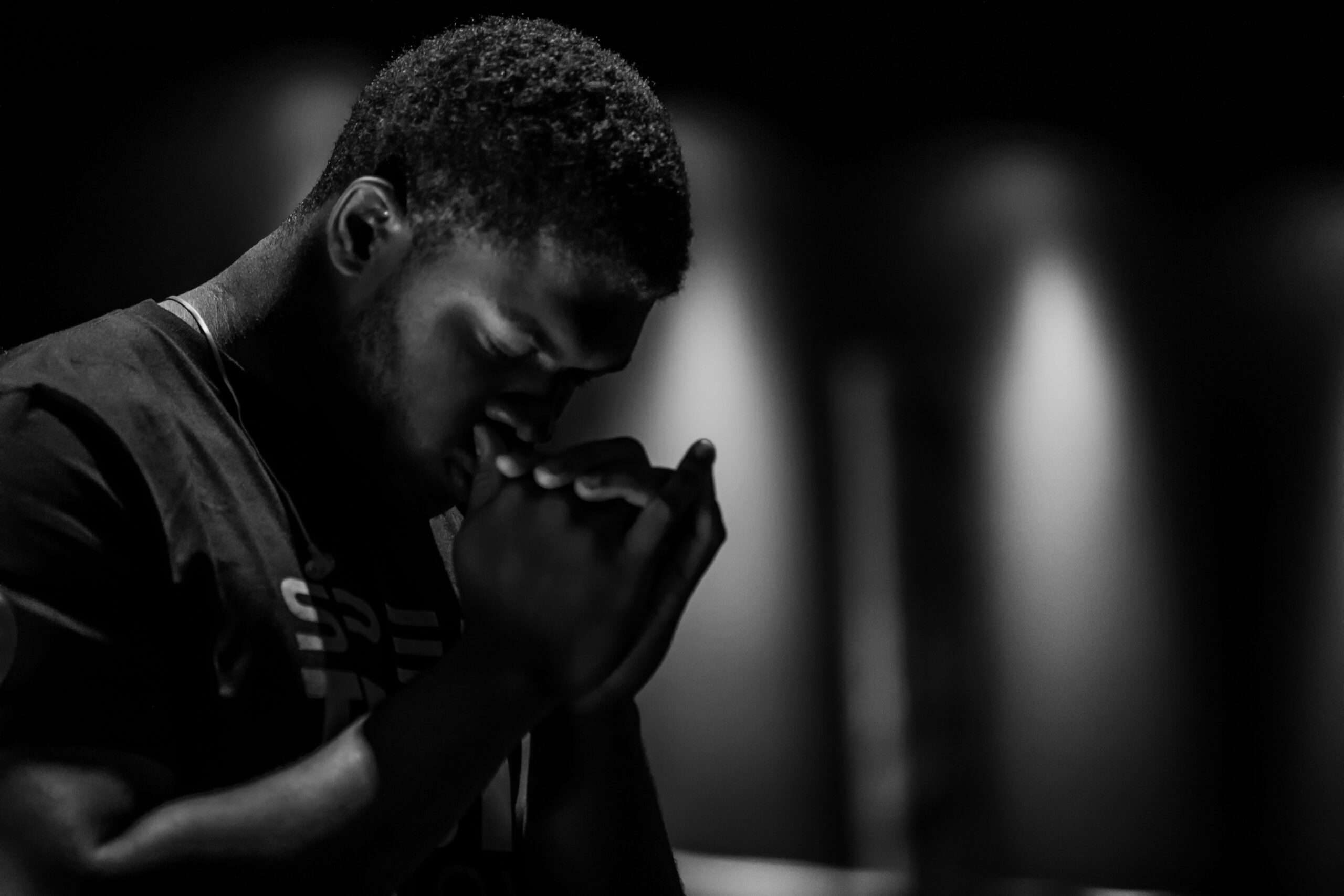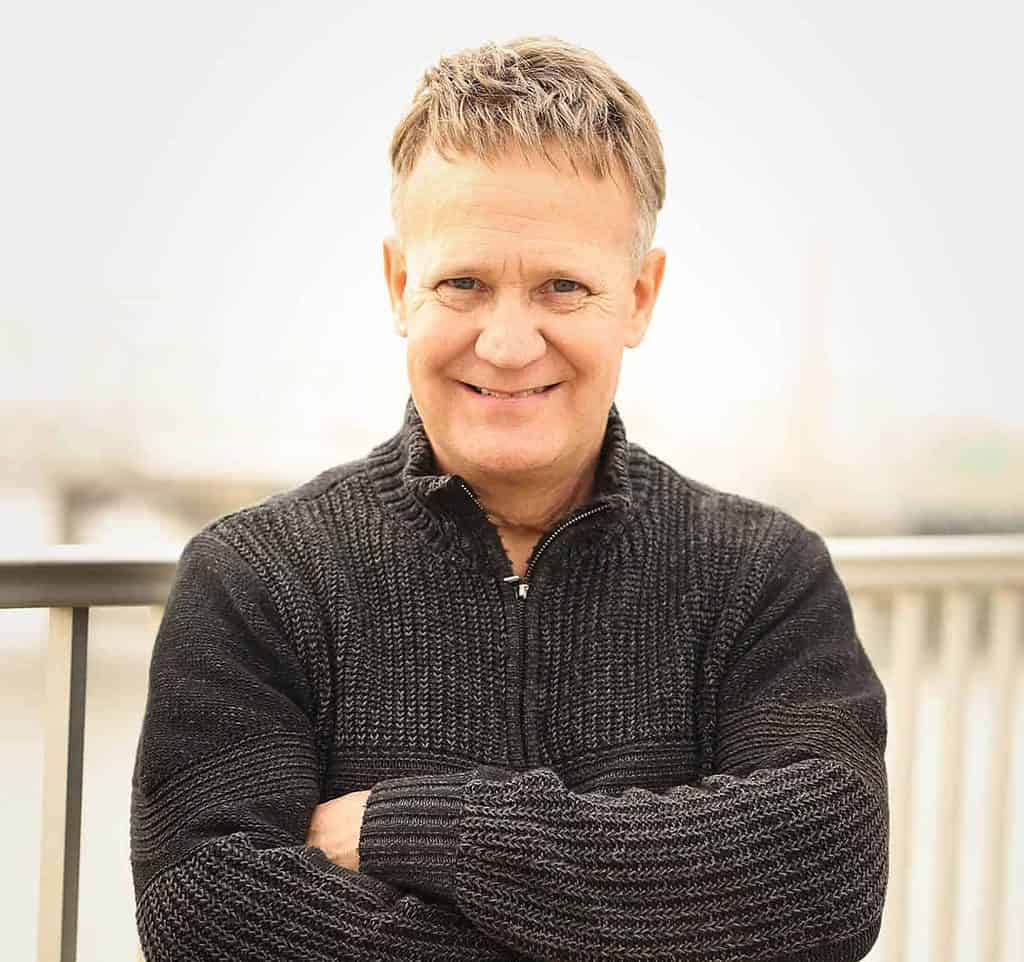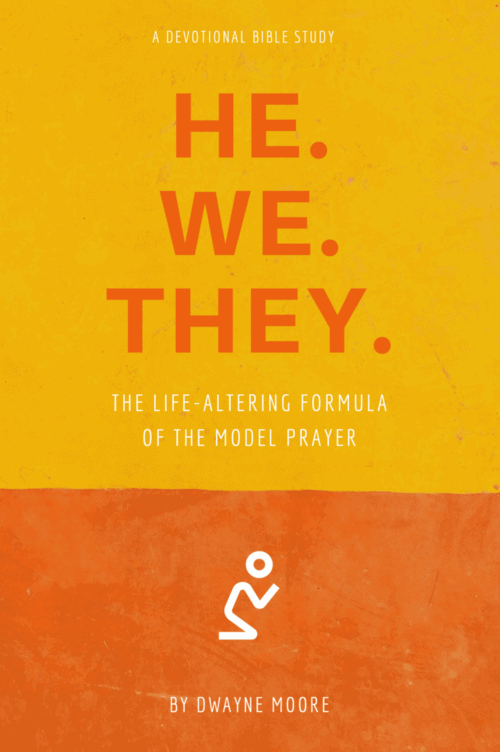
Why Pray the MOdel Prayer?
By dwayne moore, founder and president of NLWI
Our Father which art in heaven, Hallowed be thy name. Thy kingdom come. Thy will be done in earth, as it is in heaven. Give us this day our daily bread. And forgive us our debts, as we forgive our debtors. And lead us not into temptation, but deliver us from evil: For thine is the kingdom, and the power, and the glory, for ever. Amen.
Matthew 6:9b-13 KJV
Why the Model Prayer?
In his book With Christ In the School of Prayer, Andrew Murray
describes the Model Prayer as “a form of prayer in which there breathe
the freshness and fullness of the Eternal Life. So simple that the child can
lisp it, so divinely rich that it comprehends all that God can give. A form
of prayer that becomes the model and inspiration of all other prayer, and
yet always draws us back to itself as the deepest utterance of our souls
before our God.”
The ancient Christian author and apologist Tertullian once called the
Lord’s Prayer “an abridgment of the entire Gospel.”
Martin Luther said, “Whatever needs are in the world, they are
included in the Lord’s Prayer. And all the prayers in the Psalms and all the
prayers which could ever be devised are in the Lord’s Prayer.”
Author and seminary president Dr. Albert Mohler wrote this about
the Lord’s Prayer: “It stands at the very center of the Sermon on the Mount
and so should stand at the very center of our lives as Christ’s followers. For
this and many other reasons, Christians need to regularly revisit the rich
theology of the Lord’s Prayer.”
Yes, but why?
Even with all the accolades surrounding the Lord’s Prayer, few seem to
sufficiently explain why—really why—this particular prayer gets so much
Our Father which art in heaven, Hallowed be thy name. Thy kingdom
come. Thy will be done in earth, as it is in heaven. Give us this day our
daily bread. And forgive us our debts, as we forgive our debtors. And lead
us not into temptation, but deliver us from evil: For thine is the kingdom,
and the power, and the glory, for ever. Amen.
Matthew 6:9b-13 KJV4
attention. Sure, we know Jesus said that we should pray this prayer. And
the very fact that Jesus uttered it must mean it holds great significance.
But why? Many Christians seem ready to dutifully recite the words of
the prayer when called upon; yet honestly, many of us don’t know why it
matters or what it means.
Perhaps you see the Model Prayer the way some see the Mona Lisa.
The Mona Lisa is a masterpiece, painted by Leonardo da Vinci, and
remains the most popular in the Louvre Museum in Paris. But do you
know why? Most people have heard of the Mona Lisa. They can even
tell you something about the lady in the painting—her smile, her folded
hands, the landscape around her. Yet many don’t understand why it is
considered the apex of art throughout the world. They have no idea why
it deserves such an iconic status. I read about a man who sat and stared
at the Mona Lisa for an entire day. His conclusion was that once someone
actually sees the painting and studies its contours up close, he or she will
realize it truly is one of the greatest masterpieces ever conceived.
Similarly, it could be of great benefit to us if we took time to “stare”
at the Lord’s Prayer and study it up close. Perhaps we, too, would begin to
see it as the masterpiece it is.
READ Luke 11:1-4
Now read it again, but
this time, imagine yourself in the scene, hearing Jesus pray. How might
you have felt? Would you have wanted to approach him like the disciple
did? Would you have asked, “Teach me to pray”? What about the prayer
he instructed his disciples to pray? Would his words have inspired and
encouraged you, or might they have caused you to have more questions
and confusion?
The scene in Luke 11 may not have been the first time Jesus instructed
the disciples on how to pray. Nonetheless, they still did not quite get it.
In verse 1, a disciple heard Jesus praying and said, “Lord, teach us to
pray.” Notice that he was apparently the only one who stepped up and
asked. Perhaps not all of Jesus’ disciples had a strong desire to learn more
about prayer. Some may have thought they already knew enough about
it. After all, the Jews had been praying to God for hundreds of years, and
the Pharisees and religious leaders may have trained some of the disciples
as children about prayer. Therefore, they may have felt they already knew
how to pray.
Fortunately, there was at least one person listening to Jesus pray who
yearned to grow more in his communion with God. He didn’t think he’d5
arrived or graduated from the school of prayer. It is likely that disciple had
seen the power of Jesus’ prayers and sensed the closeness he had with his
Father, and he wanted to experience that kind of intimate prayer in his
own life.
Some people might see this study and think, “There are hundreds
of books about the Lord’s Prayer, and thousands of sermons have been
preached on it. So why write another study on the Model Prayer? Hasn’t
enough been written and said already? Can’t we just dispense with more
study on prayer?”
No, actually we cannot, because some still want and need to be taught
better how to pray. We need to understand how the Model Prayer can
shape our hearts for worship. As we go through this study together, I
believe we will discover a new perspective on prayer that will deepen our
communion with God and increase the effectiveness of our prayers and
worship.
Dwayne Moore is a best-selling author and teacher. He is founder and president of Next Level Worship International, Inc., a non-profit discipleship ministry. His books and teaching videos have been utilized by Christians in more than 80 countries. Dwayne has ministered in over 1000 churches and conferences.
NOTE: This is an excerpt from HE. WE. THEY. The Life-Altering Formula of the Lord’s Prayer © 2022 by Dwayne Moore. Used by Permission.
FOOTNOTES
1 Rick Warren, The Purpose-Driven Life (Grand Rapids, MI: Zondervan, 2002), 64.
2 Dwayne Moore, Pure Praise: A Heart-Focused Bible Study on Worship REVISED EDITION (Colorado Springs: Group Publishing, 2018) 13.
3 John MacAruthur Jr., The Ultimate Priority (Chicago: Moody Press, 1983), 14-16.
4 John Macarthur, “Prayer: The Highest Form of Worship,” Grace to You, August 26, 2012, https://www.gty.org/library/sermons-library/90-447/prayer-the-highest-form-of-worship.
5 ibid.
6 Strong’s Concordance, 1343 Dikaiosuné, Bible Hub, https://biblehub.com/greek/1343.htm.





Leave a Reply
You must be logged in to post a comment.